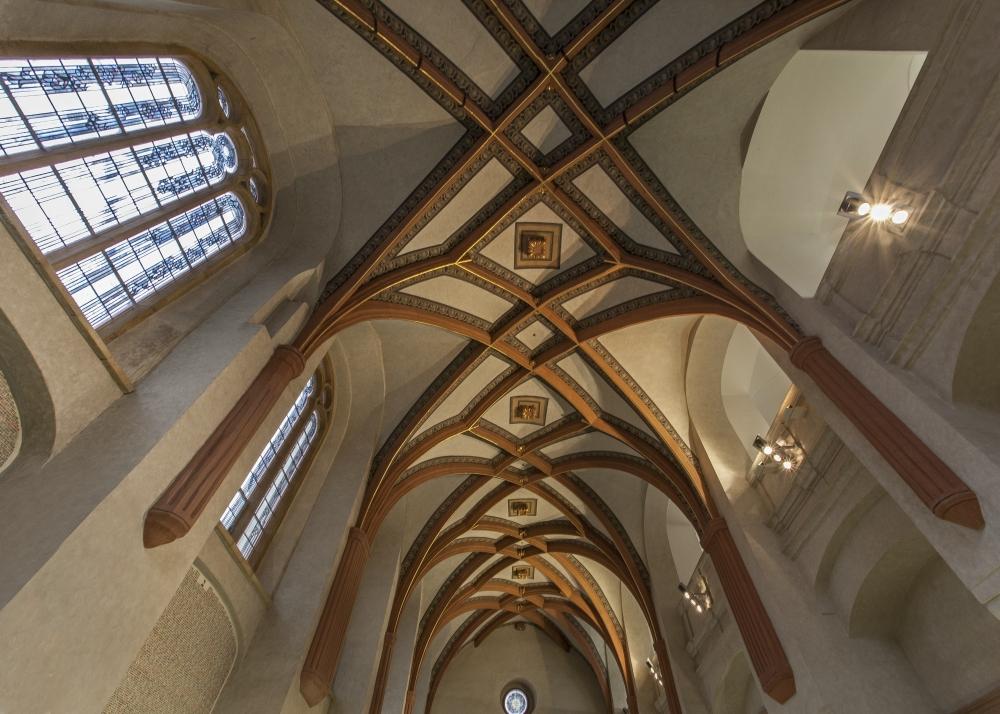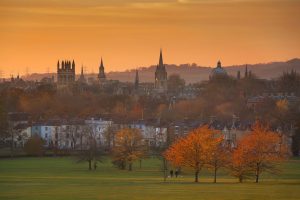A City of Stories: Why Prague’s Jewish Quarter Captivates Modern Travelers

Prague is a city made of contrasts — a place where time doesn’t move in a straight line, but circles back on itself. You can stand in the middle of a square and see ten centuries at once: Gothic spires, baroque domes, the shimmer of shop windows, and a café full of students with smartphones. Every corner holds a story, every shadow hides a secret.
And nowhere is that more visible than in the Jewish Quarter, a part of the city that lives between two worlds — the past and the present.
A World Between Worlds
Step a few streets away from the bustle of Old Town Square and you’ll feel it immediately — the change in rhythm.The crowds dissolve, the sound softens, and the air carries something quieter, almost sacred.
You’re walking through Josefov, Prague’s Jewish Quarter, where history lingers like perfume.It’s a place that remembers the world of rabbis and writers, of ancient prayers and whispered philosophy — even as it now shares a border with Pařížská Street, one of the city’s most glamorous boulevards, lined with luxury boutiques and polished cars.
That contrast is the essence of Prague itself: a city both eternal and evolving, where memory and modernity coexist on the same cobblestones.
The Pinkas Synagogue: Where Names Become Voices
From the outside, the Pinkas Synagogue looks modest — quiet walls, a small courtyard, almost easy to overlook. Inside, though, it’s impossible to forget. Every inch of its interior is covered with handwritten names — nearly 80,000 Czech Jews who perished in the Holocaust.
It isn’t an exhibition; it’s a heartbeat. The repetition of names creates a rhythm that pulls you in, turning history into something deeply human. It’s one of the rare places where silence speaks louder than words — and where visitors leave changed, not because they learned something new, but because they felt it.
The Spanish Synagogue: Beauty After Silence
A short walk away, the mood shifts again. The Spanish Synagogue dazzles with its golden Moorish designs, blue and red patterns, and soft natural light. It’s one of the most ornate synagogues in Europe, and stepping inside feels like entering another world entirely.
Here, memory isn’t heavy — it shines. The music that often fills the space, whether classical or klezmer, feels like an act of defiance and joy. It’s a reminder that the story of Jewish Prague is not only about sorrow, but about resilience, creativity, and renewal.
The Human Connection
Every traveler who passes through this part of Prague seems to slow down. There’s something about Josefov that demands presence — a reminder that travel isn’t just about seeing new places, but about feeling something real.
You notice the sound of footsteps on stone, the cool touch of the walls, the light filtering through narrow alleys. Some visitors pray, some simply pause. Everyone, in their own way, listens.
Because this isn’t just a historic quarter; it’s a conversation across time. You feel connected not only to the past, but to every person who’s ever walked here — searching, remembering, wondering.
The Heart of the Story
At the center of it all stands the Jewish Museum in Prague, which brings together these sites — the synagogues, the Old Jewish Cemetery, the story of an entire community — into one living narrative. It’s more than a museum. It’s a key to understanding why Prague feels so layered, so full of invisible threads tying centuries together.
Here, beauty and memory coexist. And for travelers who love to go beyond the surface, that’s where the real story begins.
Plan Your Visit
If you’re visiting Prague, take a moment to step beyond the postcard views. The Jewish Museum offers access to all major sites — the Pinkas Synagogue, the Old Jewish Cemetery, the Spanish Synagogue, and more — with a single ticket valid for three days. Discover Prague’s most meaningful stories at your own pace.
Book directly through the Jewish Museum in Prague’s official website.



